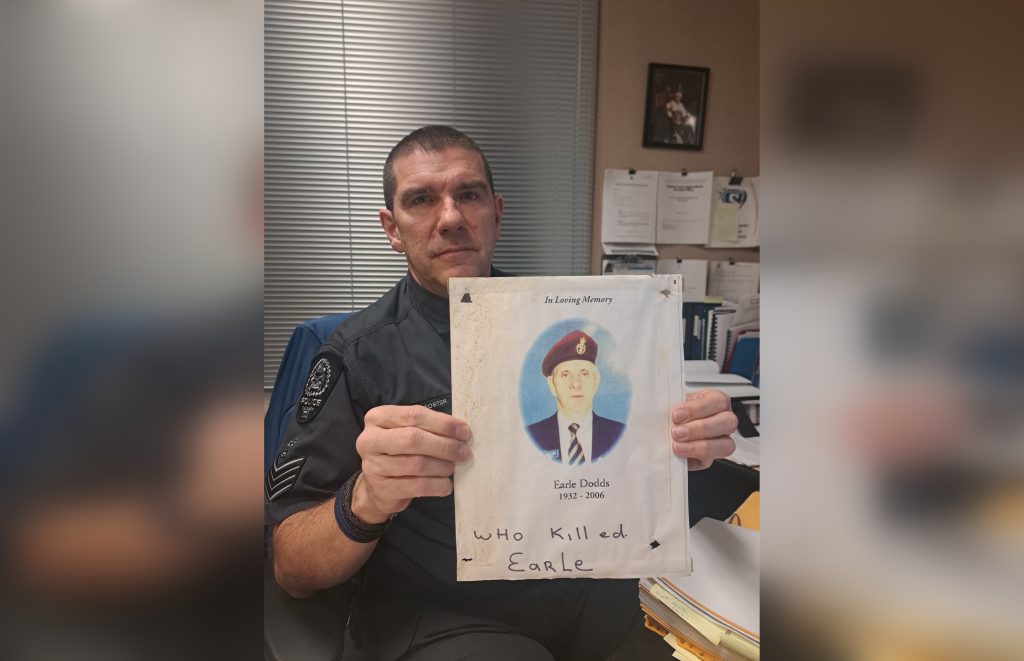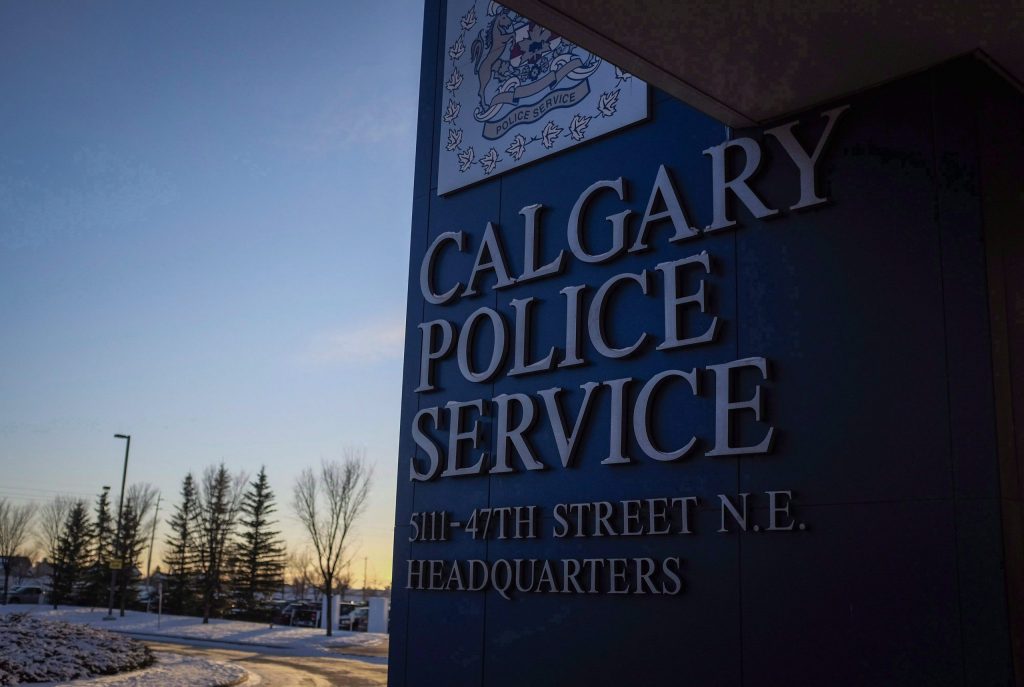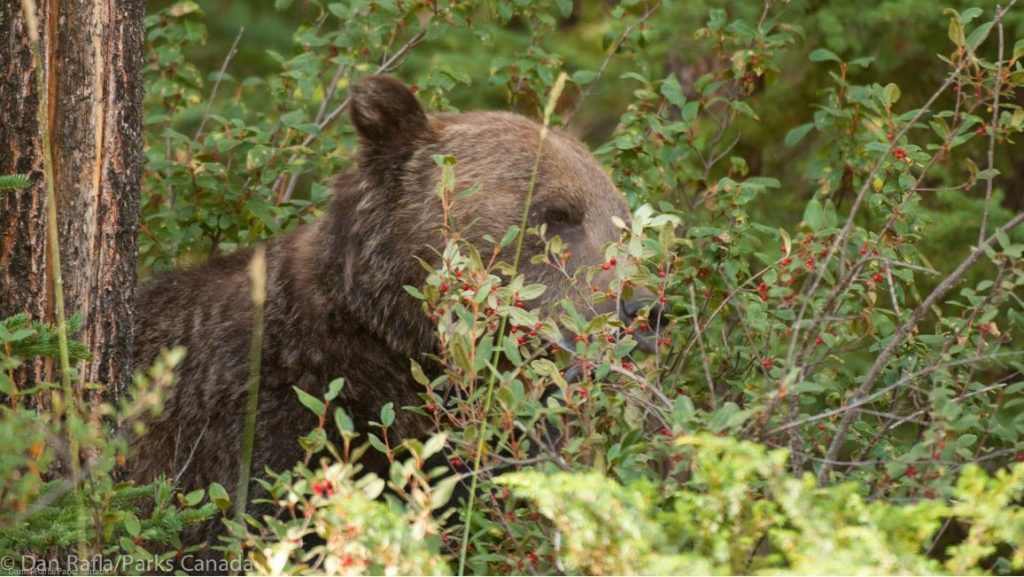Itching to travel? Go where there’s a mask mandate, suggests doctor
Posted Nov 8, 2021 1:18 pm.
Last Updated Nov 8, 2021 1:37 pm.
If you have been bitten by the travel bug and you’re looking at heading to the U.S. now that the borders have been opened, an infectious disease expert says to be choosey with where you go.
The U.S. border reopened to fully-vaccinated travellers Monday, resulting in long lineups at the land borders with Canada, including at the Coutts-Sweetgrass crossing between Alberta and Montana.
RELATED:
-
U.S. eases COVID-19 restrictions at land border for fully vaccinated Canadians
-
Driving across the Canada-U.S. land border? Here’s what you need to know
-
Expect delays at Alberta-Montana border crossing
Montana borders Alberta to the south, and in that state, there’s a high COVID transmission rate and the state only has a 50 per cent fully vaccinated population. This has some people worried that travellers will come home sick, and spread the virus around more.
Infectious disease expert Dr. Dan Gregson says some countries and states will have better health measures in place and higher vaccination rates, but overall, you should just travel to a state that still has a mask mandate, just in case.
“You should continue to mask to reduce your risk of infection and hand hygiene and social distancing as much as possible,” he said.
RELATED:
-
‘It’s going to be crazy’: Snowbirds at campground eager for U.S. border reopening
-
Border town mayors call to scrap COVID-19 PCR testing requirement
-
Canada’s COVID-19 test requirement for travellers unnecessary, says business council
And you also need to be careful not to get sick stateside before coming home.
“You’re going to need to have a negative test to get back across the border, and that can be problematic,” said Gregson.
“If you happen to become infected the day before or shortly before you come back to Canada, you’re going to have a screen done 72 hours before you come back. If that test is positive, you’re stuck where you are for 10 to 14 days.”








